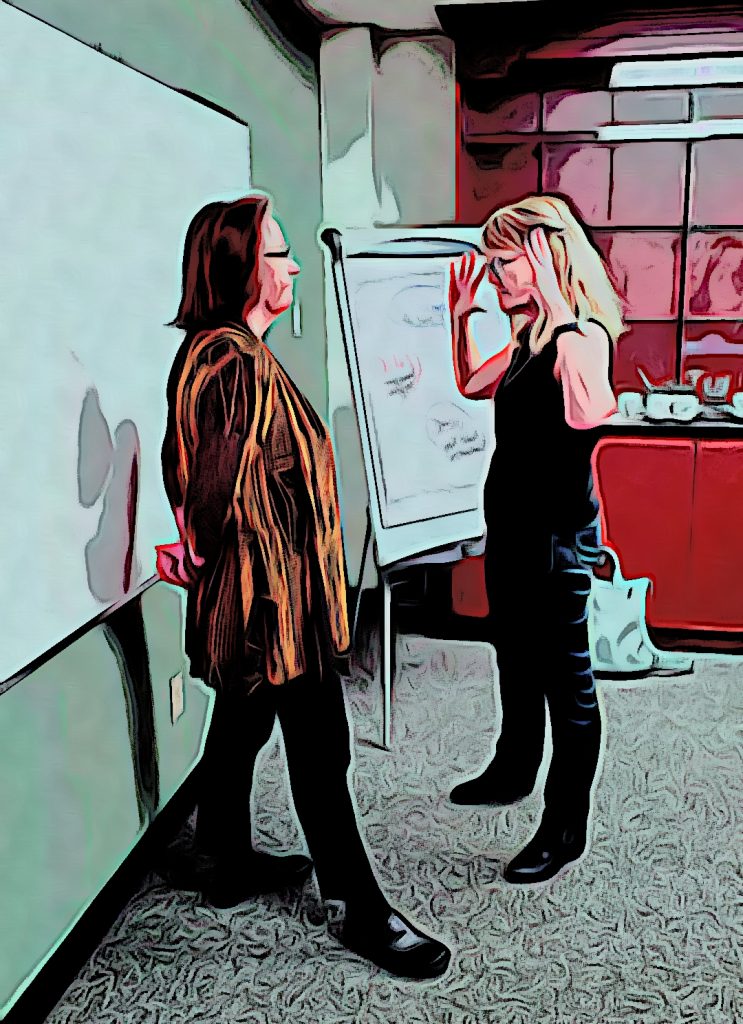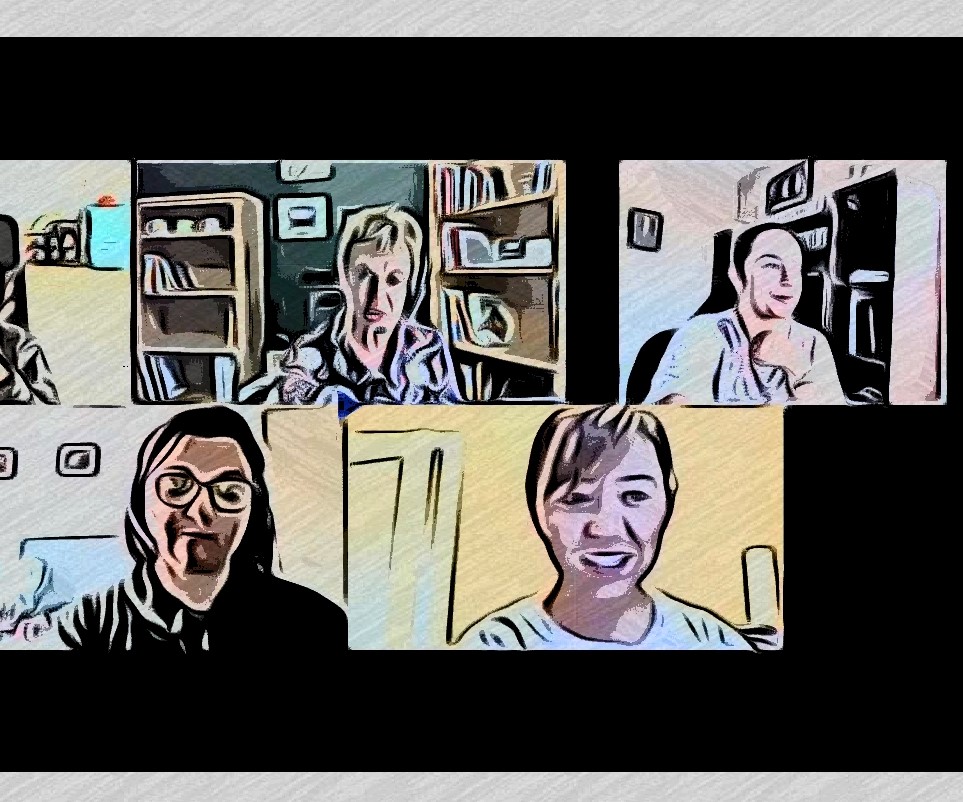I love using an active listening activity in an in-person facilitated meeting, workshop, or session. Active listening is a quick, yet powerful, activity as it gives participants a way to collect their thoughts about a topic and then express them. Then, in return, they hear the ideas from someone else, possibly gaining a different perspective. It is definitely one technique that I transformed to use in virtual facilitation sessions.
Origin of active listening
The term active listening originated in 1957, coined by psychologists Carl Rogers and Richard Farson and developed as a therapeutic technique to promote positive change in the client. Active listening is a communication technique used in counselling, training and conflict resolution, and, it has been adapted for use in other fields including facilitation. Many excellent resources exist online for active listening techniques. I have simplified it to use in my sessions.
Why I use active listening in an in-person or virtual session
I use active listening at any time in a group discussion. It might be to give each person:
- A chance to “think out loud” about a topic
- “Bounce” ideas off another person
- Start to articulate what is meaningful to them
- Gain a different understanding of a topic
- Intentionally pause, think, feel, and then speak. And then, listen.
- Give the gift of listening to another person
For the entire group, active listening may:
- Deepen the conversation
- Create a quiet time
- Provide space, or a breathing time, to reflect
- Introduce new ideas, affirm existing ideas, change ideas
How I use active listening in an in-person session

- I ask participants to find a partner. If an uneven number, I suggest one trio.
- I ask each pair to identify which person will speak first, i.e. be the speaker. The other person becomes the listener.
- Each speaker will talk for two minutes about the topic without the listener saying anything. I tell them that I will announce when two minutes are over.
- I ask the listener to “give the gift of listening” by remaining silent, listening intently, and not thinking about what they will say in reply.
- I emphasize that the partners do not switch roles until I announce time is up.
- I carefully monitor the pairs, ensuring that the listener is listening, not talking and that the speaker continues for the two minutes, being silent as needed and then continuing.
- I say that the listener may respond to what the speaker said or may talk about different aspects of the topic.
- When each person has spoken, we convene in the plenary group. I may simply ask the participants to reflect on what they said and heard and incorporate the ideas into our discussion. I may ask the participants to share one insight that they gained.
How to transform active listening to the virtual meeting
I use active listening in a virtual session for the same reasons as in an in-person session.
With 2 to 5 participants: Conduct active listening in the main room with each person taking a turn to talk. I have already used it with 4 people in this way and it worked extremely well. Of course, you could use breakout rooms with 2 people in each.
6 to 30+ participants: Use the breakout rooms in Zoom meetings (or other video conference platform that allows breakouts) and assign two participants to a breakout room. Clearly explain the instructions for active listening. Demonstrate with your co-facilitator or a volunteer participant before going into the session. If possible, send a 2-minute notice to the rooms. If not, ask them to carefully time keep. Reinforce the speaker and listener roles.
Tips for facilitating active listening in a virtual session:
- Since you cannot visually observe the pairs, it is difficult to help them stay in the speaker and listener roles and to respect the instructions and timing. Therefore, clearly explain the reason for, and benefits of, active listening and how it will be used in the larger group discussions.
- Emphasize the importance of speaking for two minutes and then switching roles.
- Demonstrate with a partner before moving into the rooms.
- Don’t join the pairs in the breakout rooms. This activity is personal sharing with one other person.
Active listening is different, yet doable, in a virtual setting. How are you supporting your participants to share and listen to each other in your online meetings?

